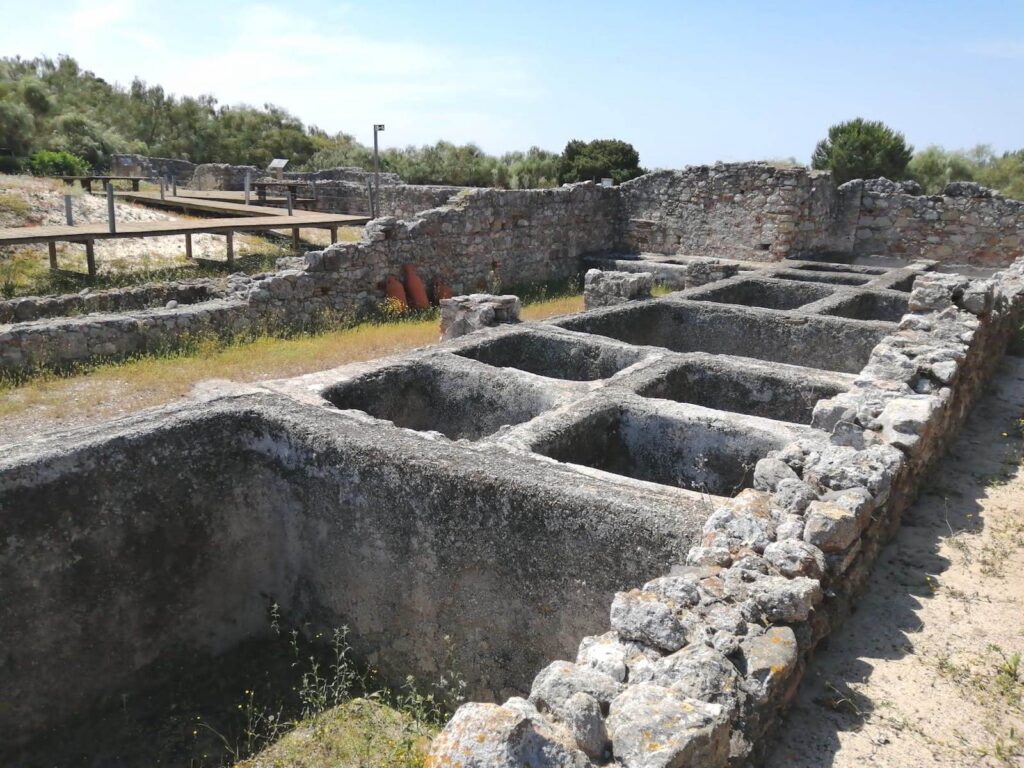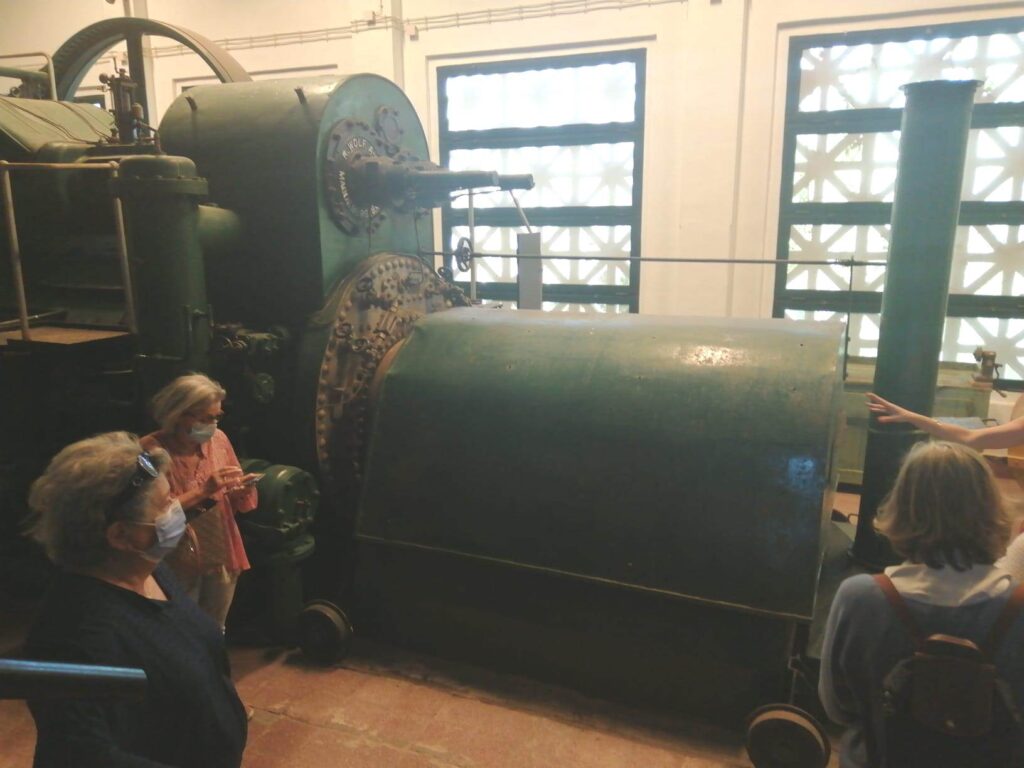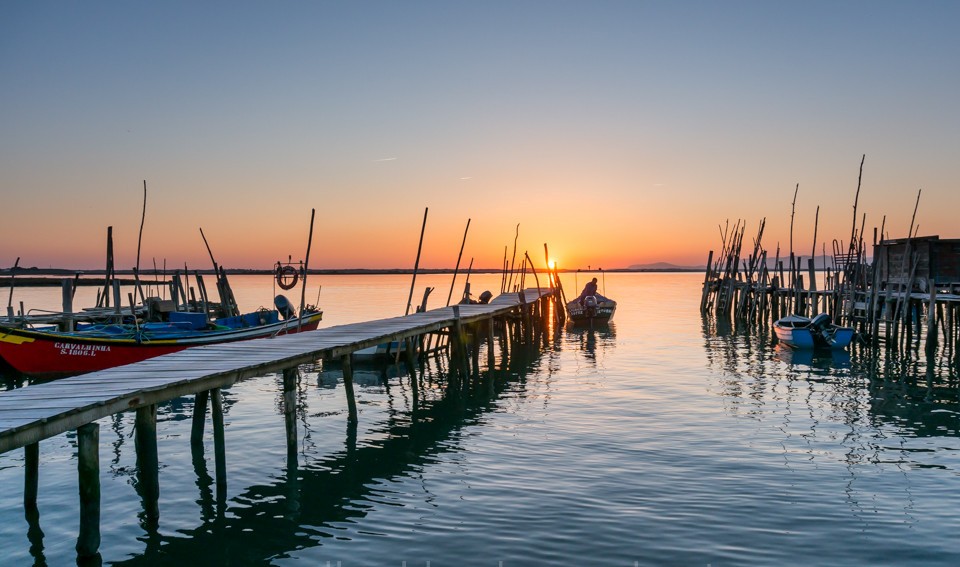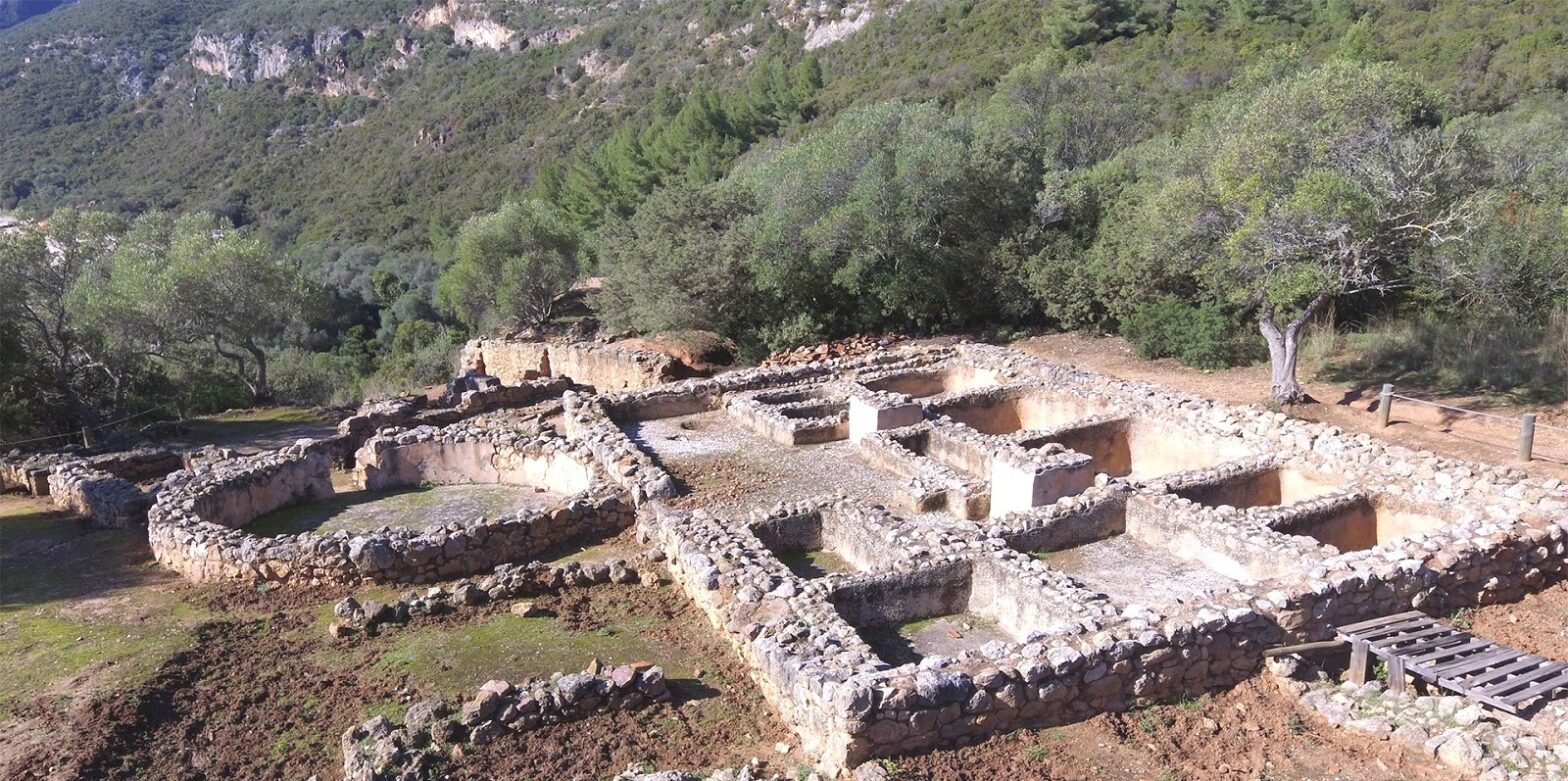On the 12th May, the Lyceum Club made a trip to Tróia with the purpose of visiting the Roman Ruins, the Rice Museum and the Carrasqueira Pier. The Roman Ruins refer to an urban-industrial agglomeration, which includes several constructions from the period between the 1st and 6th centuries AD, and have been classified as a National Monument since 1910. In this place there was a population cluster whose industrial activity was centred on fishing and the manufacture of canned fish (garum), which was exported inside specially designed amphorae to the rest of the Roman Empire. The most characteristic structures of Tróia are the different clusters of fish salting workshops made up of a series of tanks (cetarias) organised around a central patio, as well as the respective associated hydraulic structures.

The Rice Museum is a cultural space where you can go back in time and better understand the importance of this cereal for the history of the Herdade da Comporta and the Carrasqueira Stilted Pier, a masterpiece of popular architecture, built in the 1950s and 1960s, is unique in Europe and built on irregular, seemingly fragile wooden pilings, which serve as a dock for the fishing boats that dock there.



